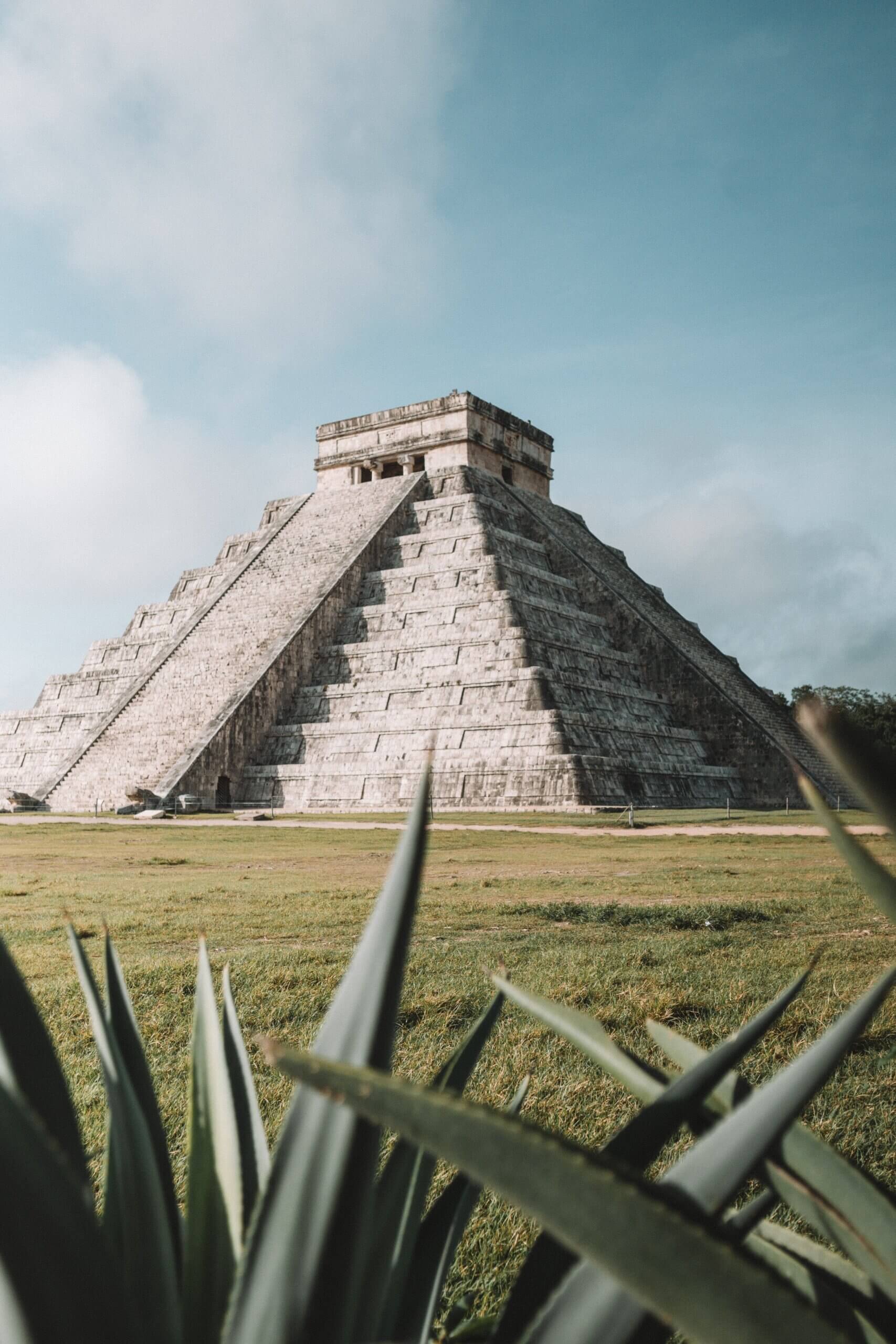













2024’s Crucial Incentive Travel Trends
“We’ve delved into the latest statistics from the Incentive Travel Index and IRF Trends Report to bring you the most current insights on incentive travel.
Explore our guide to boosting engagement on your upcoming group incentive travel journey.
Wondering about the impact of incentive travel on your profits?
This is a common inquiry we receive from manufacturers and distributors.
Historically, incentive travel has demonstrated impressive outcomes. On average, it elevates sales productivity by 18% and boasts an average ROI of 112%.
Moreover, a recent study by SITE Global revealed that 96% of respondents believe that incentive travel programs are “very effective or effective in achieving program objectives,” as evidenced by increased sales and/or revenue.
Yet, financial gains aren’t the sole measure of triumph. Successful incentive programs fortify business relationships as much as they do the bottom line.
We’ve thoroughly examined top industry reports to equip you with the information needed to make the best decision for your incentive travel program. Dive in to uncover the seven leading incentive travel trends for 2023 and beyond.”
1. Evolving Perspectives on Incentive Travel Returns
According to the 2022 Incentive Travel Index (ITI) Survey, 66% of buyers now anticipate reaping soft power advantages. Enhancing culture, engagement, and relationships is imperative for a successful program. The need to motivate and engage a dispersed workforce has never been more crucial, as highlighted by the Incentive Research Foundation (IRF) citing loneliness and a lack of collaboration as top concerns. Despite these challenges, there is optimism that incentive travel can alleviate the social disconnect experienced by the workforce. The ITI also indicates that 91% of travel professionals concur that incentive travel will play a pivotal role in boosting engagement and fostering a healthy workplace culture. To stay competitive, companies should prioritize these soft power benefits over traditional ROI.
2. Strategic Significance of Incentive Travel for Business Success
The latest Incentive Travel Index highlights key drivers of strategic importance: retaining talented employees (67%), bringing together a dispersed workforce (49%), a greater need to engage channel partners (18%), and gaining a competitive edge in the hiring process (11%). Incentive travel has evolved beyond mere loyalty and is now an integral component of a company’s business strategies. This is evidenced by 80% of respondents from the ITI survey affirming that incentive travel is gaining strategic importance. Manufacturers, dealers, and distributors are now incorporating incentive travel to influence specific business behaviors, moving beyond the old “buy-this-get-that” model. As reported by the Incentive Travel Index, 67% of respondents attribute the increasing importance of incentive travel to a greater focus on talent retention. In light of rising costs and workforce challenges, companies must leverage incentive travel programs not only to secure loyalty but also to retain top performers, engage channel partners, and attract new talent or business.
3. Incentive Travel: Closer to Home
Buyers are increasingly inclined toward destinations close to home: 53% favor U.S. contiguous, 51% Caribbean, 47% Mexico, and 43% Hawaii (ITI Survey Highlights: 2022). The Incentives Research Foundation 2023 Trends Report highlights that rising inflation, limited flight options, and uncertainty are compelling factors behind this preference for nearby destinations. While travel distances are diminishing, participants’ expectations remain unchanged. They still value luxury accommodations and experiential activities as integral to a successful incentive program. The Incentive Travel Index further reveals that 66% of participants desire new destinations, 51% prefer all-inclusive resorts, and 49% seek destinations closer to home. Regardless of the destination – be it the contiguous U.S., the Caribbean, Mexico, or Hawaii – the true value lies in the experiences offered alongside.
4. Priorities: Downtime and Connection for Attendees
The Incentive Research Foundation’s 2023 Trends Report underscores that 89% of attendees prioritize downtime for incentive travel. To ensure success in future programs, a greater emphasis on flexibility and choice is imperative. This includes offering more scheduling options, allowing additional time between activities, allocating blocks of time for relaxation or work, and providing opportunities for both group and individual activities. Although free time is crucial (as indicated by 46% of participants), it doesn’t imply a desire for complete solitude. On the contrary, 72% of respondents from the Incentive Travel Index affirm that relationship-building is vital for a successful incentive program. Attendees seek connection through group cultural sightseeing experiences (66%), luxury group travel experiences (58%), and group dining experiences (57%). Buyers who balance free time, offer flexible schedules, and facilitate team bonding will gain a competitive edge.
5. Health and Safety Remain Paramount
The majority (78%) of respondents consider health and safety crucial for a successful incentive travel experience (ITI Survey Highlights: 2022). Although COVID-related restrictions are easing, participants remain cautious. As per the survey, 96% report an increasing concern or no change in their focus on health, while 97% express the same sentiment for overall safety. Buyers who prioritize health and safety considerations when planning events will have a competitive edge over those who don’t.
6. Rebounding to Pre-Pandemic Levels by 2024
A significant 61% of buyers anticipate that incentive travel activity will surpass or slightly exceed 2019 levels by 2024 (ITI Survey Highlights: 2022). With rising costs and inflation seen as challenges by 80% of buyers, there is still optimism in the industry. Professionals believe that incentive travel will not only recover but potentially surpass pre-pandemic levels by 2024, including per-person spending. Specifically, 64% of buyers expect per-person spending on incentive travel to recover above or slightly above 2019 levels by 2024. Businesses that maintain their incentive travel budgets stand to gain a competitive edge through 2024.
Conclusion
The landscape of incentive travel is transforming, shifting towards a more profound and strategic approach. Businesses seeking to attract and retain talent, as well as enhance relationships, will find value in incorporating incentive travel programs. To remain competitive, it’s imperative to offer fresh, local destinations with all-inclusive accommodations and unique experiences. Additionally, programs should be structured to provide flexibility, downtime, and opportunities for meaningful group connections. For tailored solutions and expert guidance in structuring your next incentive travel program, book a call with us today!





